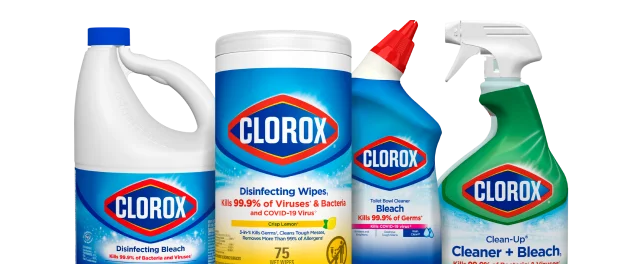How Long Do Covid-19* and Flu Germs Live on Surfaces

How long viruses that can cause the common cold, flu and Covid-19* may survive on a surface varies. Knowing how long a virus “lives” helps inform when to disinfect surfaces to help prevent the spread of illness-causing germs.
Surface transmission (touching virus droplets deposited on a surface and then touching your eyes, nose or mouth) is one way that viral illness spreads from person to person.
For example, when a contagious person coughs or sneezes on a surface like a kitchen countertop, they leave behind droplets that contain the virus. Viruses survive on surfaces for different amounts of time, depending on the type of surface, the type of virus and various environmental factors. Disinfecting hard, nonporous surfaces interrupts the chain of transmission and helps to prevent the spread of illness-causing germs.
SARS-CoV-2 survival on surfaces
Across different research studies, survival time for SARS-CoV-2 (the virus that causes Covid-19) varies widely from hours to weeks depending on the study.
According to Cleveland Clinic, hard, nonporous surfaces, like windows, railing, doorknobs and the like are likely to keep the virus living longer. On the other hand, Covid-19 and other viruses are less likely to last on softer materials that have tiny holes, like paper, cardboard or fabric.1
Cold and flu virus survival on surfaces
Depending on where cold and flu virus droplets fall, they can last from hours to days,and up to a week for cold germs.2
Surface disinfection helps prevent virus-causing germs from spreading
Along with frequent handwashing (especially after contact with a sick person or handling their laundry), disinfecting hard, nonporous surfaces during the time window where the virus remains viable after exposure (up to 3 days for Covid-19, and up to 2 days for the cold or flu) can help prevent the spread of infection.
Disinfectant products should be registered with the EPA to kill cold, flu and SARS-CoV-2 viruses. For laundry, add the appropriate laundry additive, like Clorox® Laundry Sanitizer, which kills 99.9% of bacteria and viruses when used as directed, alongside your preferred detergent to sanitize clothing, bedding and linens.
- *
Illness caused by SARS-CoV-2
- 1.
Source: Here’s How Long Covid-19 Lasts On Surfaces, November 14, 2023, https://health.clevelandclinic.org/how-long-will-coronavirus-survive-on-surfaces
- 2.
https://www.mayoclinic.org/diseases-conditions/flu/expert-answers/infectious-disease/faq-20057907





